“Celebrating Recovery”: This phrase has been tossed around recently as we commemorate the fifth year that has passed since the April 2011 tornadoes in Alabama. Although I tend to disagree that we can all celebrate the recovery phase, hope allows me to see the small progress already made and overlook the vast emptiness in my own community.
April 27 was a gorgeous, hot Wednesday. I was the publicist for the University of Alabama Press and had planned a book launch that entailed three days of author events, zig-zagging the state. A few giveaways were printed for handouts at each event and the perfectionist in me was dissatisfied with the outcome. I spent the afternoon at the office, redesigning the materials to have them printed locally. Tuscaloosa residents had all been warned about a possible tornado headed our way from the West, and most of the campus had already cleared out. I, however, was determined to get to the printer on my way home … which I did. I arrived home shortly before 5:00 p.m., long enough to turn on the television, and watch for the storm’s arrival. My husband and son were at home; my daughter on her way back from a beach trip with her friend’s family. Really, just another day.
James Spann, a well-known local meteorologist, is the go-to guy when it came to weather, mainly because he is so knowledgeable about the state of Alabama. He could tell you exactly what building is on what intersection and where you need to go if that area might have problems. I’m not sure why ABC 33/40 even has a traffic person when James Spann could handle both that and the weather! James had a partner this day, Jason Simpson, who is now in the Huntsville area. As I watched them tag team the weather reports and detail the storm that was leaving Mississippi and headed straight toward Alabama, I didn’t feel unnerved at all. Living all my life in Tuscaloosa, also known as Tornado Alley, you get used to sirens and green skies and major storms. I’ve lived through (and very near) many devastating tornadoes in Tuscaloosa and have always enjoyed watching the weather develop. It was only when Jason Simpson and James Spann both stated, “Oh my! This is really big!” that I began getting nervous. And once they said, “It’s now crossing the Joe Mallisham Parkway,” I knew at that instant, it was headed toward our home. I grabbed my son, my dog, and ran to the basement. My husband was quickly behind, ensuring we had pillows to help block us from glass. We had no headgear. Within 15 minutes – mind you, a very long 15 minutes – the storm had passed over our heads. It did not sound like a freight train; instead, it was like a jet engine. Our ears popped, as if we were taking off on a runway. The hallway walls appeared to move. I remember James Spann telling us viewers to always wait a few minutes before you leave your safe place, just in case you were in the eye of the tornado and the worst was yet to come.
Once we felt safe, we looked out the window of our basement bedroom. There was brick scattered everywhere in our yard. We then realized it wasn’t just brick. It was our home. We quickly returned upstairs and walked outside to assess the damage. What the heck happened?? Our neighborhood was called “Forest Drive” for a reason; yet, all of the trees were laying crossways through people’s yards and on top of houses and across the streets. Our split-level, ranch-style home had two trees atop it: one from the backyard that fell across the carport and kitchen, and another from the front yard fell across the bedrooms upstairs. My son’s and daughter’s rooms were destroyed by a 100-year-old oak tree. The root ball of this tree was wider than my 6’4” husband is tall. We were safe. But our home was destroyed. Eventually, it was pushed to the curb and ended up in a landfill.
Alberta was our home. And now we only have an empty lot with a driveway to nowhere. We were forced to move by Mother Nature. Unable to rebuild on the same acreage, we had to move away from our friends and our beloved neighborhood.
Now that five years has passed, Alberta – which was the hardest hit area in the Tuscaloosa city limits – has been the slowest to recover. It took years to even get streetlamps back onto University Boulevard that runs through the heart of Alberta. It took years to rebuild the elementary school that was demolished. As many of you might drive through Alberta on your way to an Alabama football game in the fall, you’ve probably noticed how empty the once vibrant community now is, and how slowly things have been developing. Empty fields that were once homes with families, driveways to nowhere, concrete slabs that were once shopping plazas – it’s all there. Still.
As we Alabamians commemorate the April 2011 tornadoes, and as we celebrate the recovery process, let’s not forget those who still have yet to recover. Or may never recover.
Read more about how the communities affected most by the tornadoes are managing their recovery in the Spring 2016 issue.

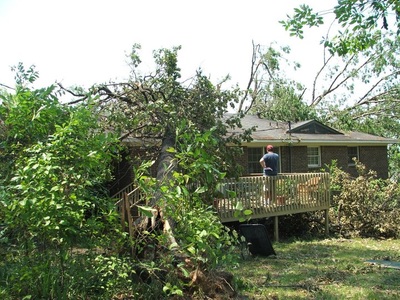
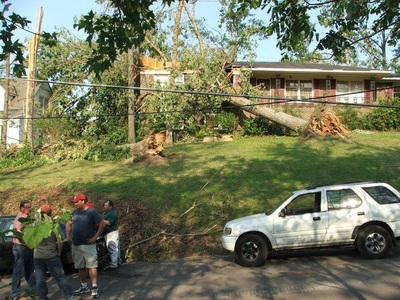
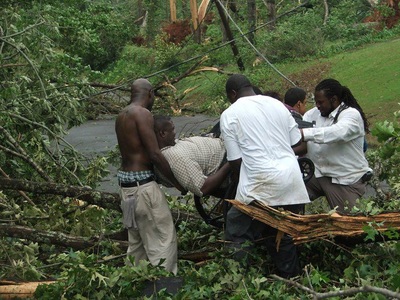
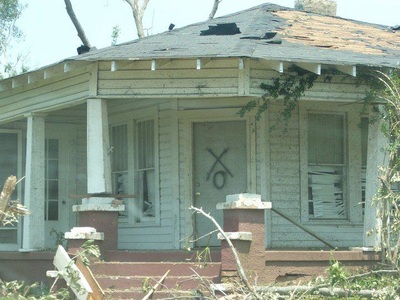
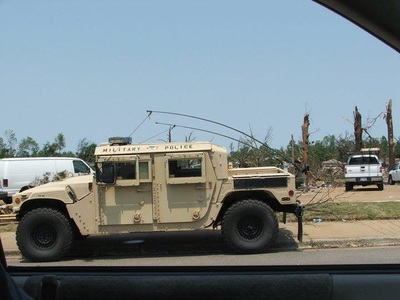
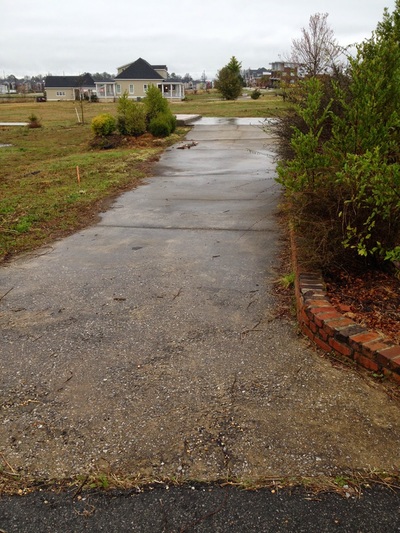
 RSS Feed
RSS Feed